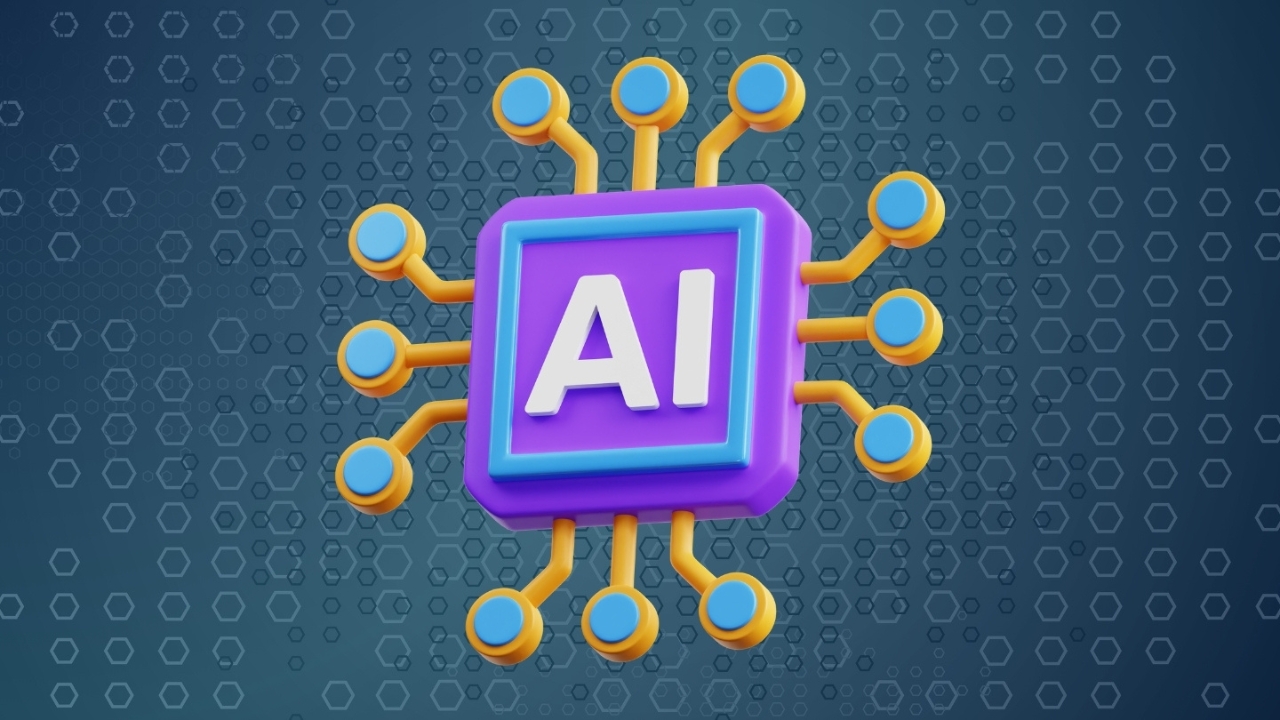The media industry is at a crossroads. With artificial intelligence (AI) reshaping content creation, audience engagement, and advertising, companies that fail to embrace Artificial Intelligence risk falling behind. According to a recent IAB report, 70% of Media Companies Are Holding Back on AI. This raises a crucial question: What opportunities are they missing out on?
The Growing Role of AI in Media
AI is no longer a futuristic concept—it’s a game-changer in the media industry. From personalized content recommendations on streaming platforms to AI-driven journalism, AI is enhancing efficiency and engagement. Companies like Netflix, Google, and The New York Times have already integrated AI to optimize content delivery and improve user experience. However, many media companies still hesitate to embrace its full potential.
Why Are Media Companies Holding Back on AI?
Despite AI’s numerous advantages, several barriers prevent full adoption in the media sector:
1. Lack of Understanding and Expertise
Many media companies do not fully understand how AI works or how it can be integrated into their existing operations. Without AI specialists or dedicated teams, organizations struggle to implement AI-driven solutions effectively.
2. Fear of Job Displacement
There is a widespread belief that AI will replace human jobs, particularly in journalism and content creation. While AI can automate certain tasks, it is meant to assist rather than replace human creativity. AI tools can handle repetitive tasks, allowing media professionals to focus on high-value storytelling and investigative journalism.
3. Concerns Over Data Privacy and Ethics
With AI-powered personalization, media companies collect vast amounts of user data. However, concerns about data privacy, security, and AI ethics make organizations cautious about adopting AI solutions.
4. High Initial Investment Costs
Developing and integrating AI technologies require significant investment in infrastructure, software, and training. Many companies, especially smaller ones, hesitate to allocate resources toward AI-driven projects.
5. Resistance to Change
Traditional media companies often struggle with legacy systems and long-established workflows. Adapting to AI-driven processes requires a shift in mindset, which can be challenging for organizations accustomed to conventional methods.
What Media Companies Are Missing Out On
By not fully embracing AI, media companies are losing out on key advantages that could revolutionize their operations and revenue streams. Here’s what they are missing:
1. AI-Driven Content Creation and Curation
AI can generate high-quality content at scale. Platforms like OpenAI’s ChatGPT and Google’s Bard help journalists draft articles, summarize reports, and even suggest content ideas. Additionally, AI-powered curation tools enhance user engagement by recommending relevant articles, videos, or podcasts based on individual preferences.
2. Enhanced Audience Engagement
AI enables hyper-personalization, tailoring content to users based on their browsing habits, preferences, and location. Streaming platforms like Netflix and Spotify use AI to recommend movies, shows, and music, increasing user retention and satisfaction. Media companies that don’t leverage AI-driven personalization risk losing audience engagement to competitors who do.
3. AI-Powered Advertising and Revenue Growth
AI optimizes programmatic advertising, delivering targeted ads to the right audience at the right time. Companies using AI in advertising can maximize revenue through real-time bidding, audience segmentation, and predictive analytics. Those not using AI may struggle to compete in the evolving digital ad landscape.
4. Improved Efficiency and Cost Savings
AI automates time-consuming tasks such as video editing, metadata tagging, and social media scheduling. This reduces operational costs while freeing up human resources to focus on strategy and creativity. Companies hesitant to adopt AI miss out on significant cost savings and efficiency gains.
5. Competitive Edge in Journalism
AI can assist journalists by analyzing large datasets, detecting trends, and generating reports at speeds humans cannot match. News agencies leveraging AI for investigative journalism can deliver faster and more data-driven insights than those relying solely on manual research.
How Media Companies Can Start Using AI Effectively
For media companies looking to integrate AI into their operations, here are some practical steps:
1. Start Small with AI-powered tools
Instead of overhauling entire workflows, companies can begin with AI tools like automated transcription services, chatbots, and content recommendation engines. These can improve efficiency without requiring massive investment.
2. Invest in AI Training and Upskilling
Providing AI-related training can help employees understand and utilize AI-powered tools effectively. Media organizations should foster a culture of continuous learning to bridge the knowledge gap.
3. Address Ethical and Data Privacy Concerns
Media companies must implement strong data protection policies and adhere to ethical AI guidelines. Transparency in AI usage can build trust among users and ensure responsible AI implementation.
4. Partner with AI Innovators
Collaborating with AI startups, tech firms, and research institutions can help media companies access cutting-edge AI solutions without having to develop them from scratch.
5. Monitor AI Performance and Optimize
AI adoption should be a continuous process. Companies must analyze performance metrics, gather feedback, and refine AI-powered strategies to ensure optimal results.
Final Thoughts
The media industry is rapidly evolving, and AI is at the forefront of this transformation. However, 70% of media companies are not fully utilizing AI, missing out on enhanced audience engagement, increased revenue, and improved efficiency. By overcoming challenges and strategically integrating AI, media organizations can stay competitive, innovate faster, and unlock new growth opportunities. Those who fail to adapt risk being left behind in an increasingly AI-driven digital landscape.

